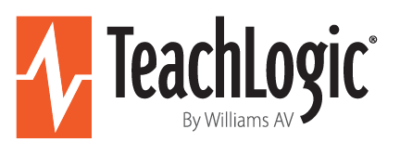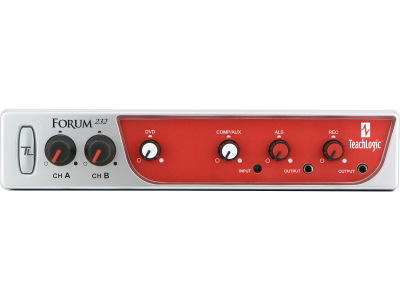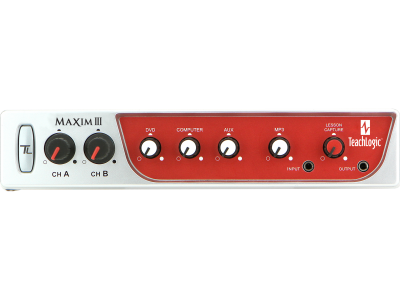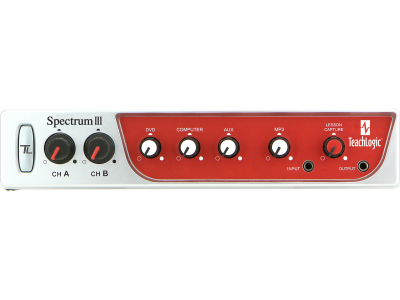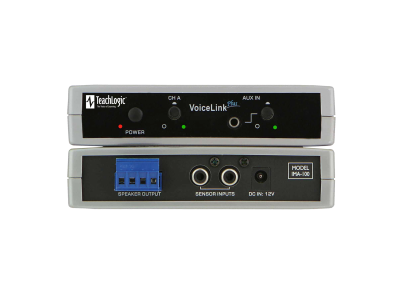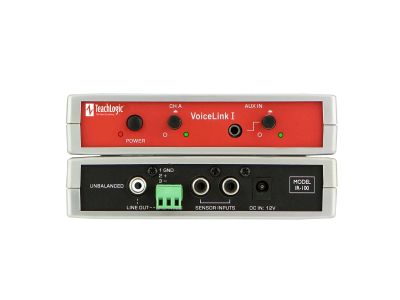Classrooms are the primary place for learning for entire generations of people yet for many students the classroom experience is not the same. Each individual has their own challenges when it comes to learning and up until now, teachers were the main source of nurturing students that had difficulties learning. Now technology can support and even solve many of the problems once left to teachers to find and fix.
Hearing – The Foundation For Learning
It is estimated that 30% of learners are auditory learners. This represents a significant portion of every classroom. Listening accounts for roughly 45% of our communications and is a key element of learning that needs to be managed, optimized, and invested in.
Two Different Classrooms
The experience that any two students have in the same classroom can be quite different. Imagine one student who can clearly see and hear the teacher and clearly gets 100% of the lesson and communication that the teacher is sharing. They are able to then learn and grow in a way that is still unique for them but with the ability to maximize their potential.
Around 30% of students have some form of issues with hearing whether it is temporary or permanent. Teachers and students might not be aware of the issue and often unless the student is identified as having hearing loss they may not get the additional support they need to succeed. Many students are only hearing fragments of the lessons and even a slight gap in hearing can dramatically reduce comprehension. This can make it hard to detect even if a teacher is looking for issues.
Students who don’t have any hearing issues can also suffer from audio gaps for many reasons such as distractions, teacher movement, environmental sounds, and proximity. This means that every day in classrooms around the world students are missing valuable moments in their education. This can lead to lower test scores and a cascade of effects that impact their learning. Students who perform worse on tests may form a negative self-image, get discouraged, or get confused.
Learning for All
The way to solve this problem for your entire spectrum of students is to invest in a classroom audio system. Enhanced classrooms are proven to increase test scores, reduce distractions and teacher redirections, and help teachers connect with every student and deliver lessons with ease. There are few improvements schools can make that will impact more aspects of the learning experience than installing a quality classroom audio system. It will enhance all other media integrations and goes beyond that to provide an environment that levels the field for people with hearing loss and those without.
Classrooms should be planned learning environments where every student has the support they need to succeed. In a study called The MARRS Study, they found that schools in grades K-6 that had classroom amplification had 43% fewer referrals to Special Education over a five year period. They also found an increase in student motivation, participation, and confidence. Younger students often showed the greatest gains pointing to the fact that the sooner classroom audio is enhanced the greater the compounding effect it can have on a student’s overall education.
Want to learn how a classroom audio system can change your students’ and teachers’ lives? Contact us to learn more, and keep learning!
